From Zero to Hero: How to Become a Must-Have Brand
Apple did it. Starbucks did it, too. And so did Barbie dolls by Mattel. If you’re wondering how these items scaled from new idea to nice-to-have to must-have hero brands, let Steve Jobs explain: “Customers don’t know what they want until we’ve shown them.”[1]
Is it really as easy as the Apple genius makes it sound for a brand to carve out its space as a necessity in the consumer’s mind? As we can see, there is no prescribed area for items such as smartphones, lattes, and plastic fashion dolls in Maslow’s hierarchy of needs as described in “A Theory of Human Motivation.”[2]
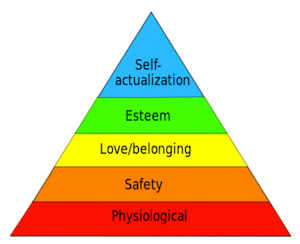
Image via Wikipedia
Are there any guideposts along the way for a brand to follow on its journey to must-have hero brand status? What steps can a brand take to go in the right direction?
Strategic Brand Foundations for Hero Brands
Of course, every business has some sort of a brand, good or bad, whether it’s generically commoditized and barely surviving or a profit powerhouse hero brand. Branding is not just for global giants. It’s equally important for local enterprises, too. Although resources may be thinner on the ground, the business of creating a successful brand cannot be over emphasised and it’s doable even on more modest budgets. But it does take time, consistent application, expertise, and experience.
Before taking that very first step, several strong, well-thought out, basic brand foundations must be in place:
- Your Brand Values
- Your Brand Purpose
- Your Brand Positioning
- Your Brand Promise
- Your Brand Personality
- Your Brand Delivery Experience
When these branding essentials are lacking, it’s rather like going on a road trip without a map…and a leaky petrol tank as well. Got it? Let’s get the car started.
6 Steps To Go from Zero to Hero Brand
Create a Brand with Differentiation
Step One: Start your engines! Building a brand that has the X factor — something unique — is like putting the key in the ignition. In order to start the engine, you need to set your brand apart in some way that provides a benefit to the potential customer. Otherwise, there’s simply no spark.
One or more points of brand differentiation can revolve around the product, design, price point, distribution, social conscience, even its compelling brand story. In a small-to-medium sized business, brand differentiation is even more important, as without it there’s no chance to be noticed on a larger playing field.
Related: Brand Stories – 5 Compelling Examples That Sell Themselves (part 1 of 2)
Once you’ve set your brand apart, its personality can shine through. If your brand is lacking in personality, a brand audit is a business tool that will enable you to bring it sharply into focus because it is a process that identifies areas of strength, weakness and opportunities for innovation and growth. You can give your brand a health check using our Auditing Analysis Accelerator™ system. Find our more about it here.
Related: Personality Matters, Bring Your Brand to Life to Grow Your Profits
For examples, think of the automobile makes and models you love best. Whether sporty, racy, or utilitarian, a car choice oozes in personality that in turn, reflects on its owner. All brands have the capacity to achieve this as succinctly as seen here:
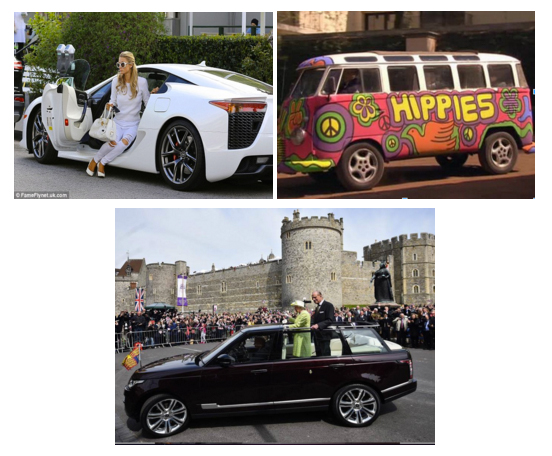
Images via Pinterest, Topito.com, abcnews
Step Two: You’re in the driver’s seat. To decide which way you’re going to steer, determine what core values your hero brand stands for. Your brand’s core values are unwavering, fundamental beliefs reflected in your mission, management, employees, practices, and customer relations.
Embrace your brand’s True North with a well-defined set of values that can actually increase the value of your brand. Compare no name jeans to a designer label (a label which cannot always be seen) and determine what accounts for the difference. Whether pricey or a bargain basement deal, a good brand projects the same thing: that it creates more value than it costs.
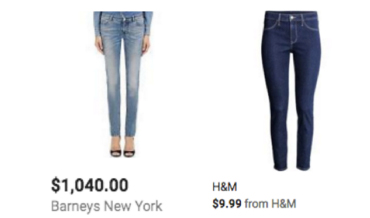
Example: Glamour Closet is a small retail business with one shop in each of four major US cities. They stock nearly new showroom, runway, overstock, and sample designer name bridal gowns at 35 to 75 percent lower than retail, because every bride wants the best, but not every bride has the budget. Unlike most showrooms from which these high-end gowns are sourced, no appointment is necessary and photos are permitted, adding to Glamour Closet’s differentiation.

Image via Glamour Closet
The family-run business has a tagline: “Quality. Trust. Community.” They have a strong CSR strategy where a portion of profits are donated to foundations dedicated to finding a cure for Parkinson’s, arising from the owner’s personal family story touched by this disease.[3]
Related: Brand CSR, The Business Case for Successful Branding and Social Good
Build a Brand Promise
Step Three: Commit to a path. Create your brand promise and live it every day. In return, your employees will deliver on it.
Example: The City of Rancho Cordova, California has 69 employees, which it runs like a small business. Every other week, staff get to present suggestions for new programs and improved processes to a five-member advisory team in the “office of new ideas.” Brainstorming sessions select the best ideas for implementation involving the employees.
Related: Brand Promises, How to Craft, Articulate and Live Them for Brand Success
Twice a week, lunchtime in the gym is extended by 30 minutes for well-being exercise sessions with colleagues. A tablet is offered to any employee demonstrating three ways that using one can increase his/her productivity, including flexihours. The Employee Activities Team helps coordinate numerous 40-plus charitable events throughout the year.
Rancho Cordova promises to the community of 65,000 and its employees that public service doesn’t have to mean sacrificing best practices and innovative culture of private enterprise. The local government attracts an average of 140 applicants per job.[4]

Images via Rancho Cordova
Deliver Your Brand Experience
Step Four: Get to know your passengers. Small business owners realise that connection is critical because the customer experience is paramount to maintaining, nurturing, and growing the brand. Gary Erickson, CEO of Clif Bar & Co. exemplifies zero-to-hero in turning his homemade energy bar into a $100 million phenomenon with an emphasis on outdoor adventures.

Family and employee-owned, this has become one of America’s fastest-growing private companies with an estimated 35 million customers. These customers feel good about buying into the Clif Bar sustainability mission, “Think Like a Tree.”[5]
Related: Family Business Branding and The Secret Drivers to Brand Success
In his book, “Raising the Bar,” Erickson gives the reader compelling personal stories about trekking in the Himalayas, climbing in the Sierra Nevadas, and biking through Europe as inspiration for his philosophy of business: honesty, humour, and integrity. He aims to convince readers that supporting employees in their work, goals, and endeavours has a positive knock-on effect for the community and the environment.

Image via Clifbar
Happy employees are happy to keep your brand promise to your customers by wanting to deliver it, says Erickson.
Identify Your Brand Touchpoints
Step Five: Use your front, side and rear view mirrors. Successful brands don’t overlook any “moment of truth” as seen through the eyes of the customer. The goal? “To create a highly adaptive customer experience that consistently delivers an extraordinary experience for the customer,” says one chief strategy officer.[6]
Related: Top 10 Brands for Customer Experience and What You Can Learn From Them
Example: In Nottingham, UK, the Restaurant Sat Bains With Rooms is independent, chef-owned, and completely different. In an unglamorous location near a motorway flyover, Chef Sat has managed to create a brand that is considered one of the world’s most innovative, earning him two Michelin stars. Only 7- and 10-course dinners are served, with specially designed tabletop cutlery holders so guests are not interrupted with constant silverware replacement by servers. And, because diners travel for the experience, eight deluxe guest bedrooms are situated on the premises.
This infographic map demonstrates chef’s understanding that the guest journey begins with touch points beyond food and drink, such as the reservation and the car park.
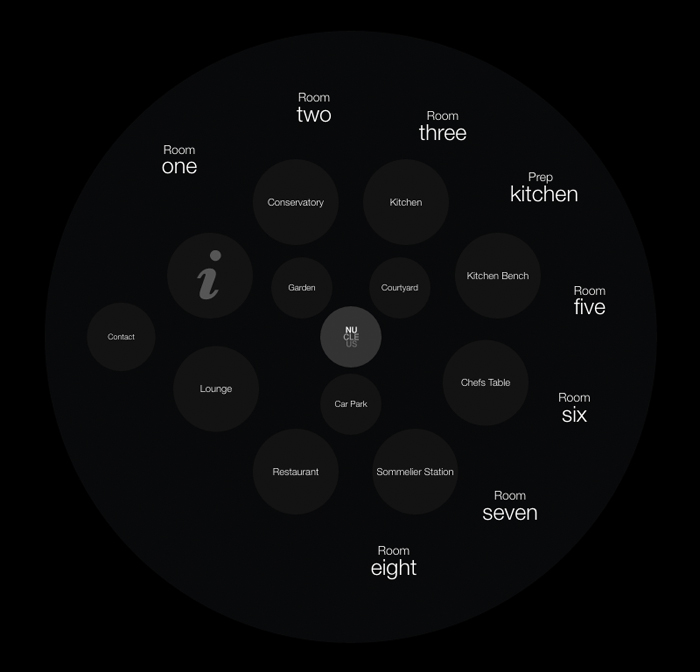
Image via www.restaurantsatbains.com
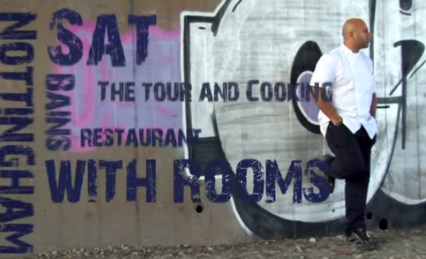
Image via www.restaurantsatbains.com
Strategize Your Brand Communications
Step Six: Keep your eyes on the road. When your external and internal brand communications are consistent across all media, properly planned and executed, there’s no need to text and drive.
Your brand tone-of-voice is authentic and humanised, it speaks to your target audience, it represents the brand personality and connects customers to your brand, successfully creating the reaction you’re looking for.
Related: How to Develop Your Brand Tone of Voice to Increase Sales
Example: In Seattle, home of the famous Pike Market with its iconic sign and fishmongers known for tossing fish to one another across their stalls, Virgin America got their message across on social media using humour. Here’s how they let customers know that they can expect power outlets at each seat on the airline.
Related: Brand Strategy, 6 Tips for Building Your Proft Growth Plan
How do small companies get big? As an SME / SMB, business owners can stay nimble, exercising a greater ability to manoeuvre twists and turns on the road to successful brand growth. With timely MOTs or NCTs (that’s an annual vehicle checkup for our American friends) from branding professionals in the form of a brand audit health check, the brand you’re driving can make it successfully across the finish line first, and consistently stay ahead of the competition.
Related: Use Humour in Branding to Create Strong Emotional Bonds so You Increase Sales
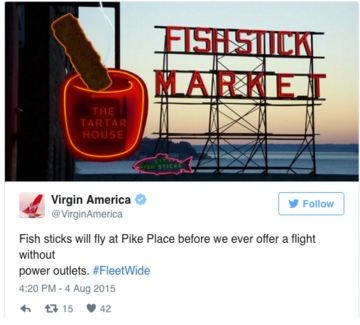
Image via Twitter
And the good news, if you want to get your brand roadmap on track …we’re here to help!
If you want direction and support transforming your brand so it fully embraces changing trends and increases sales then the Persona Brand Building Blueprint™ Mastermind is the perfect fit for you.
This is a two-day brand building intensive shared with a small group of like-minded peers where you work on your brand with our leadership. In fact, over the two days, you re-evaluate your brand, codify it and create your brand strategy from the ground up whether you’re revitalising an existing brand or creating a new one.
At the end of the two-day Persona Brand Building Blueprint™ Mastermind you leave with your fully documented brand strategy ready for implementation in your business or organisation.
If your team is larger and you’d like to include everyone’s’ participation in the Persona Brand Building Blueprint™ Mastermind then we also run in-house private client brand building intensive programmes too. Just drop us a line to [email protected] or give us a call T: +353 1 8322724 (GMT 9:00 – 17:00) to discuss your preferences and we’ll develop your brand building intensive bespoke to your particular brand requirements.
Alternatively, if you want in-person professional direction to build your brand and would like to explore working with us then drop us a line to [email protected] or give us a call T: +353 1 8322724 (GMT). We’d be delighted to talk with you.
Want to do-it-yourself and build your own brand road map, then we also have a solution for you to with our online ‘How to Build a Brand’ eCourse called the Personality Profile Performer™ online programme which is also now part of ‘The Economist Group” platform. You can find out more here and you can watch a free course preview here.
Questions to Ask Yourself About Your Brand Growth and Success
1. Have I laid strong foundations in place for my brand?
2. Have I shared my brand values with all stakeholders, including employees?
3. Have I performed regular brand audits to ensure that I’ve not veered off course in my brand’s direction and objectives?
4. Alternatively, does that brand direction require a refresh, due to changed circumstances?
5. Have I reviewed my customer touch points and ensured these align with brand values at every intersection?
6. Have I developed an engaging personality for my brand and a consistent message with an appropriate tone of voice?
[1] Walter Isaacson, “Steve Jobs,” Simon & Schuster, 2011
[2] http://psychclassics.yorku.ca/Maslow/motivation.htm
[3] http://glamourcloset.com/closet/html/Glamour%20Closet%20In%20Support%20of%20A%20Cure%20for%20Parkinsons.pdf
[4] http://reviews.greatplacetowork.com/city-of-rancho-cordova
[5] http://www.clifbar.com/article/think-like-a-tree
[6] http://www.mycustomer.com/community/blogs/jeff-hassemer/time-to-burn-the-customer-journey-map

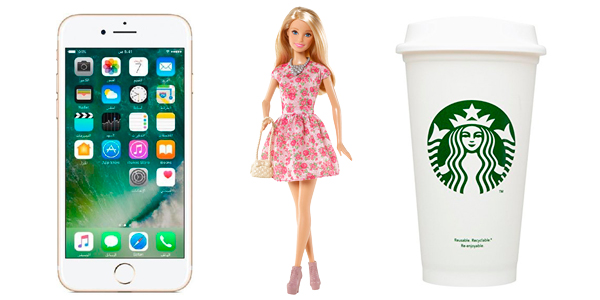
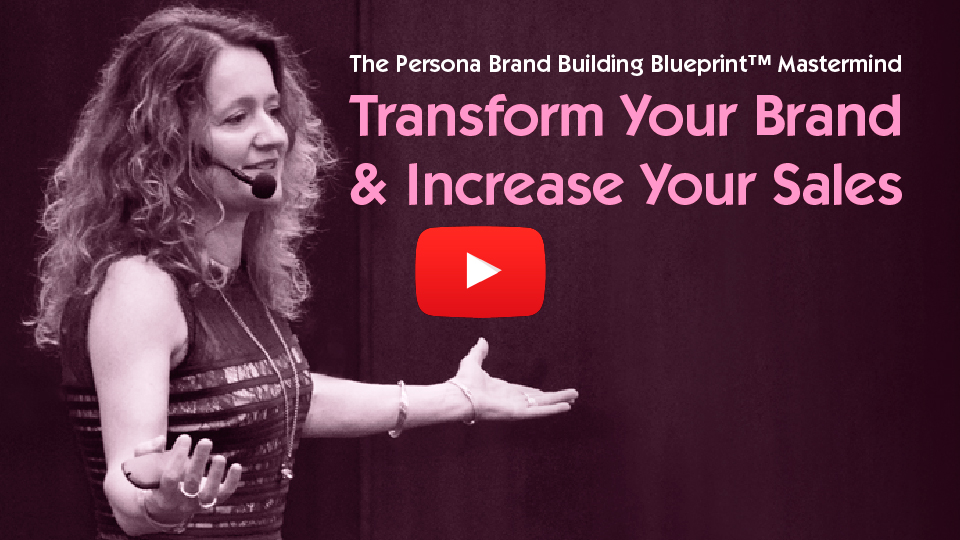





Leave a Reply
Want to join the discussion?Feel free to contribute!